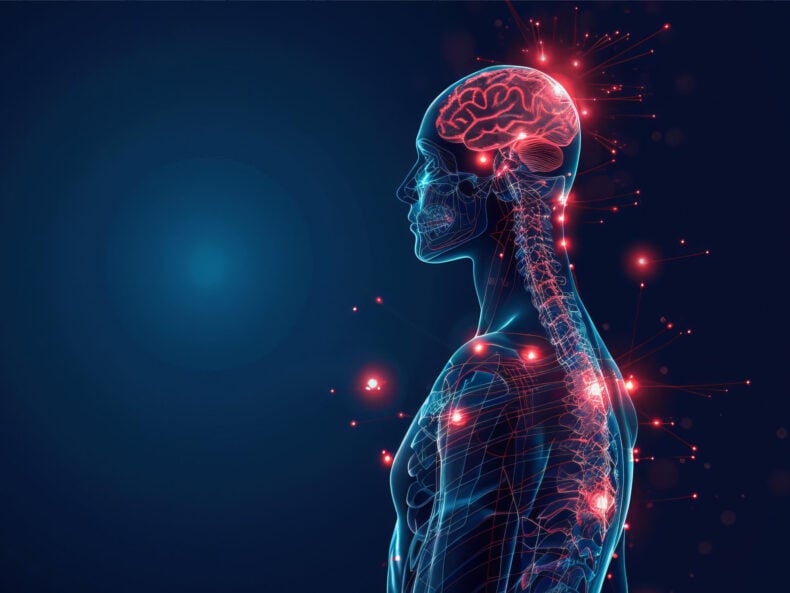Researchers at the University of Birmingham have made a significant breakthrough in the treatment of mild traumatic brain injury (mTBI), demonstrating that near-infrared light therapy delivered through the skull can aid in tissue repair and functional recovery. The study, published in Bioengineering & Translational Medicine, offers hope for a new treatment approach in an area of medicine with limited options.
Summary: A new study demonstrates that transcranial near-infrared light therapy may accelerate recovery and reduce inflammation after mild traumatic brain injury, potentially offering a novel treatment option where few currently exist.
Estimated reading time: 4 minutes
Understanding mTBI and Secondary Injury
Mild traumatic brain injury occurs when an initial head trauma is exacerbated by a complex series of inflammatory changes in the brain. These secondary processes, which unfold minutes to hours after the initial injury, can significantly worsen patient outcomes. The method developed by the Birmingham team aims to mitigate this secondary damage and stimulate faster, more effective recovery.
The Study: Methodology and Findings
The research team, led by Professor Zubair Ahmed, examined the effects of two wavelengths of near-infrared light (660nm and 810nm) on recovery following injury. The study utilized a preclinical model and administered daily two-minute bursts of infrared light for three days post-injury.
Key findings from the study include:
- Significant reductions in the activation of astrocytes and microglial cells, which are heavily involved in post-trauma inflammatory processes in the brain.
- Marked decreases in biochemical markers associated with cell death (apoptosis).
- Substantial improvements in balance and cognitive function tests at four weeks post-injury.
- Accelerated recovery compared to control groups, with 810nm wavelength light showing superior outcomes.
Professor Ahmed stated: “We want to develop this method into a medical device that can be used to enhance recovery for patients with traumatic brain or spinal cord injury, with the aim of improving outcomes for patients.”
Building on Previous Research
This study builds upon earlier research published by the team, which demonstrated that near-infrared light delivered directly to spinal cord injury sites improved nerve cell survival and stimulated new nerve cell growth.
Potential Impact and Future Directions
The promising results of this study suggest that near-infrared light therapy could become a valuable tool in treating mTBI, an area of medicine currently lacking effective treatment options. The non-invasive nature of the therapy, delivered transcranially, makes it an attractive potential treatment modality.
The research team is now seeking commercial partners to co-develop the device and bring it to market, potentially revolutionizing the treatment landscape for mTBI patients.
Conclusion
While further research and development are needed, this study represents a significant step forward in understanding and potentially treating mild traumatic brain injury. The use of near-infrared light therapy offers a novel approach to addressing both the primary and secondary effects of mTBI, potentially improving outcomes for countless patients in the future.
Quiz: Test Your Knowledge
- What wavelengths of near-infrared light were examined in the study?
- How long were the daily bursts of infrared light administered in the study?
- Which wavelength showed superior outcomes in the study?
Answers:
- 660nm and 810nm
- Two minutes
- 810nm
Glossary of Terms
- Mild Traumatic Brain Injury (mTBI): A form of brain trauma caused by an external force, resulting in temporary alteration of brain function.
- Photobiomodulation: The use of light to stimulate cellular functions for therapeutic purposes.
- Astrocytes: Star-shaped glial cells in the brain and spinal cord that play various roles in neural function and injury response.
- Microglia: The primary immune cells of the central nervous system, involved in brain inflammation and injury response.
- Apoptosis: Programmed cell death, a normal biological process that can be accelerated in injury or disease states.
- Transcranial: Through or across the skull.
Enjoy this story? Get our newsletter! https://scienceblog.substack.com/


